Dormant seeding blue grama
bpgreen
13 years ago
Related Stories
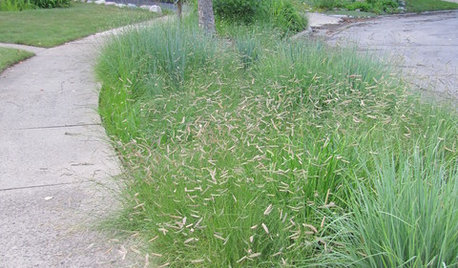
GARDENING GUIDESGreat Design Plant: Bouteloua Gracilis
Resilient blue grama grass thrives in sunny meadows and parking strips in the western U.S.
Full Story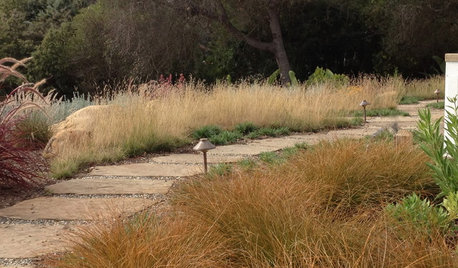
GARDENING GUIDESGreat Design Plant: Bouteloua Curtipendula
Hot, dry clay or rocky soils are sideoats grama’s pleasure ground
Full Story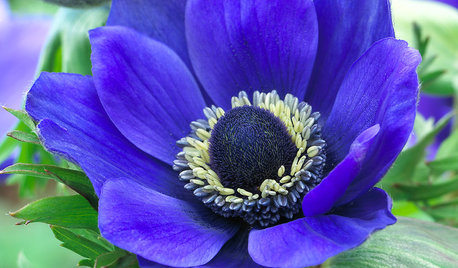
FALL GARDENING6 Splendid Blue-Flowering Bulbs
How do you blue? With colors from sky to cobalt, these bulbs will greet you merrily in a spring garden
Full Story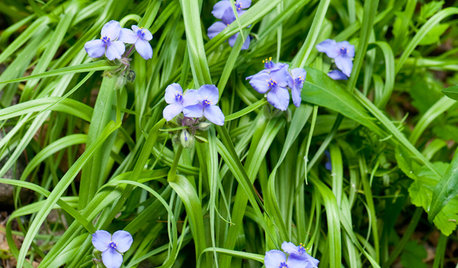
GARDENING GUIDESGreat Design Plant: Tradescantia Ohiensis Adds Shades of Blue
This reliable, adaptable U.S. native provides spider-like foliage and clusters of blue to purple flowers in Eastern gardens each spring
Full Story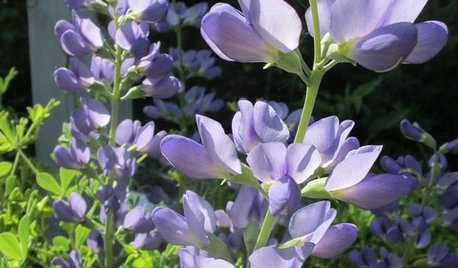
GARDENING GUIDESGreat Design Plant: Dwarf Blue Indigo Offers Carefree Beauty
Drought tolerant and a bumblebee magnet, spiky Baptisia australis may be the easiest plant you ever grow
Full Story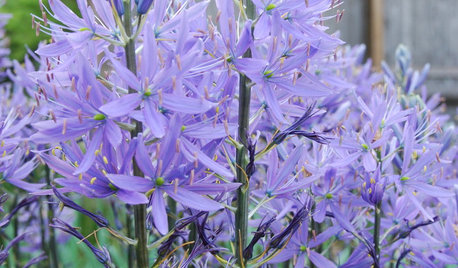
BULBSGreat Design Plant: Wild Hyacinth for a Bolt of Blue
Get knockout spring blooms on spiky stems by planting these bulbs before the ground freezes
Full Story
GARDENING GUIDESThe Beauty of Bare-Root Plants
Plant dormant trees and shrubs in fall using the easy, affordable bare-root method and enjoy beautiful results in spring
Full Story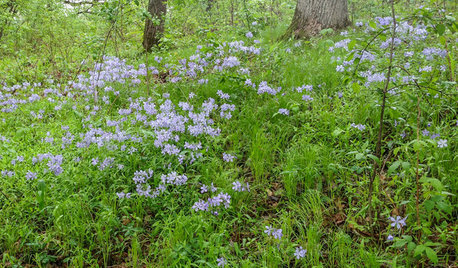
GARDENING GUIDESGreat Design Plant: Phlox Divaricata
Plant wild blue phlox in central and eastern U.S. woodland gardens for its bright blue flowers in early spring
Full Story
GARDENING GUIDESUnleash Your Guerilla Gardener
Toss some seed bombs around the yard for easy, beneficial plantings
Full Story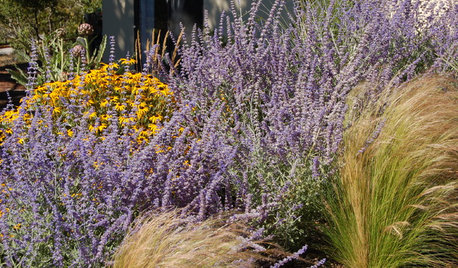
CALIFORNIA GARDENINGSouthern California Gardener's November Checklist
Sow wildflower seeds while ye may, give berries some love and pay attention to produce for garden veggies all winter long
Full Story0







singcharlene
bpgreenOriginal Author
Related Professionals
Middle River Landscape Architects & Landscape Designers · Wixom Landscape Architects & Landscape Designers · Brentwood Landscape Contractors · Concord Landscape Contractors · Wakefield Landscape Contractors · Camp Verde Landscape Contractors · Harrisburg Landscape Contractors · Huntington Landscape Contractors · Selden Landscape Contractors · Vallejo Landscape Contractors · West Orange Landscape Contractors · Chicago Ridge Landscape Contractors · North Aurora Landscape Contractors · Phoenix Solar Energy Systems · Riverside Solar Energy SystemsbpgreenOriginal Author
mstywoods
bpgreenOriginal Author
david52 Zone 6
bpgreenOriginal Author